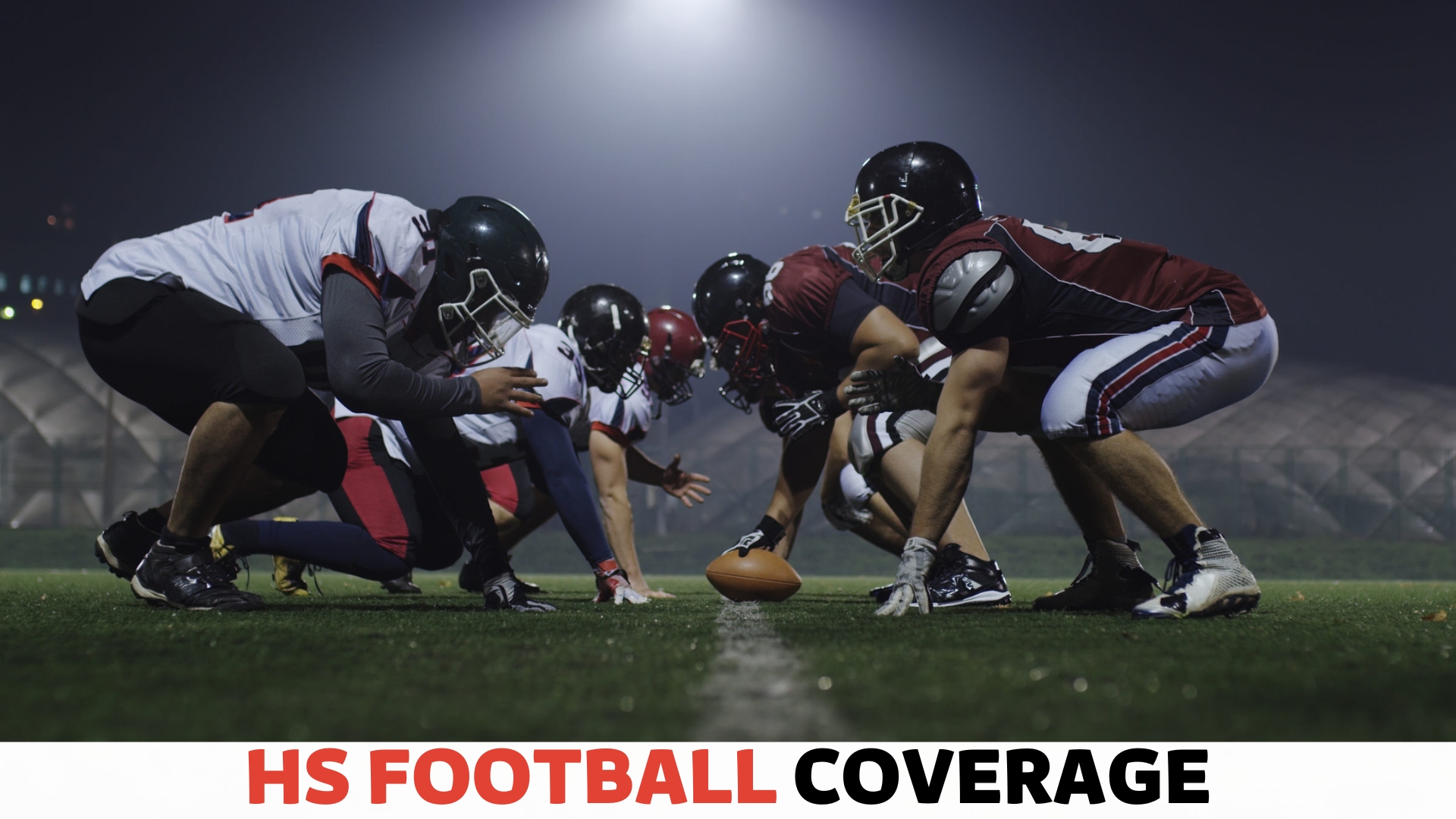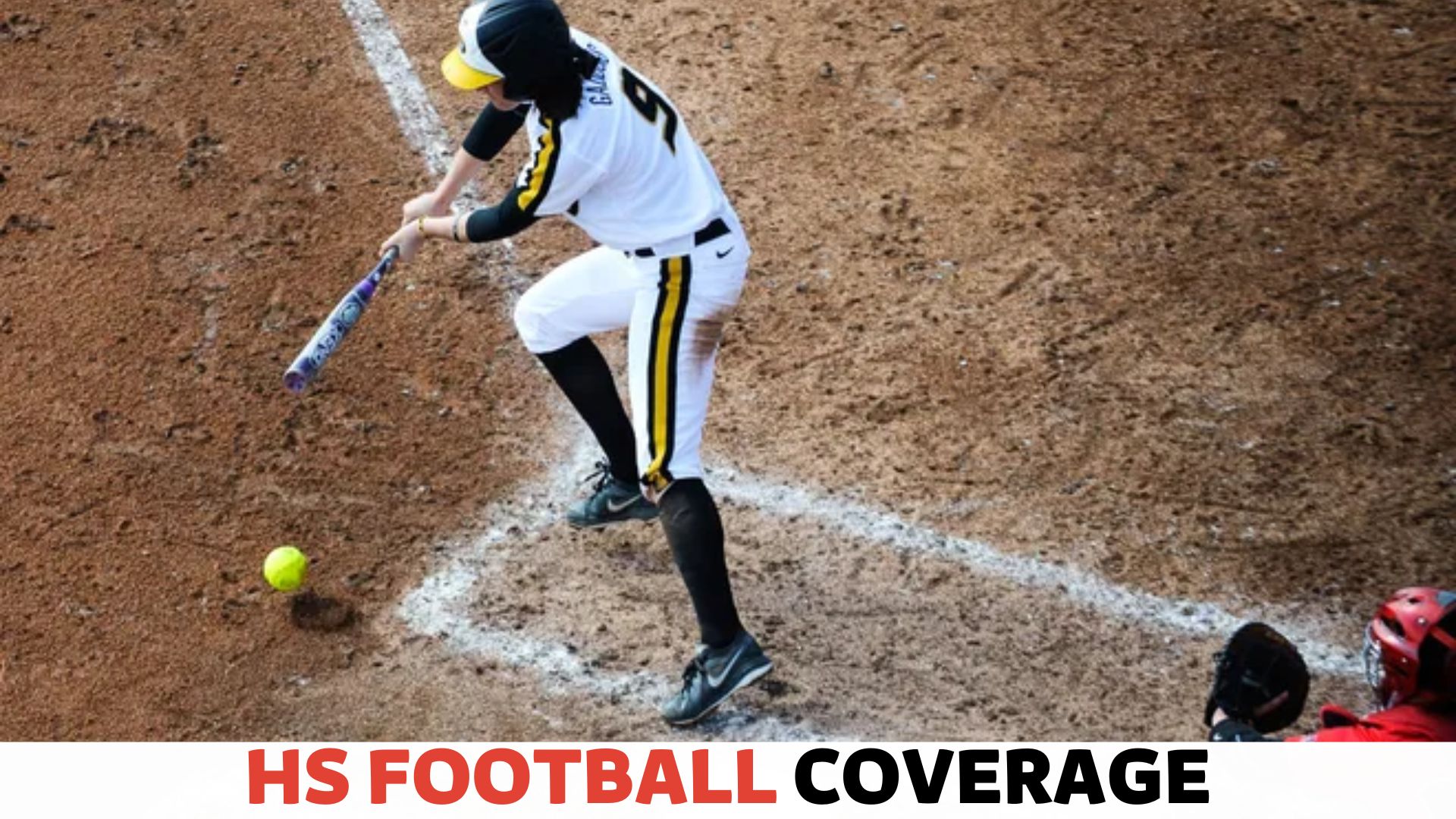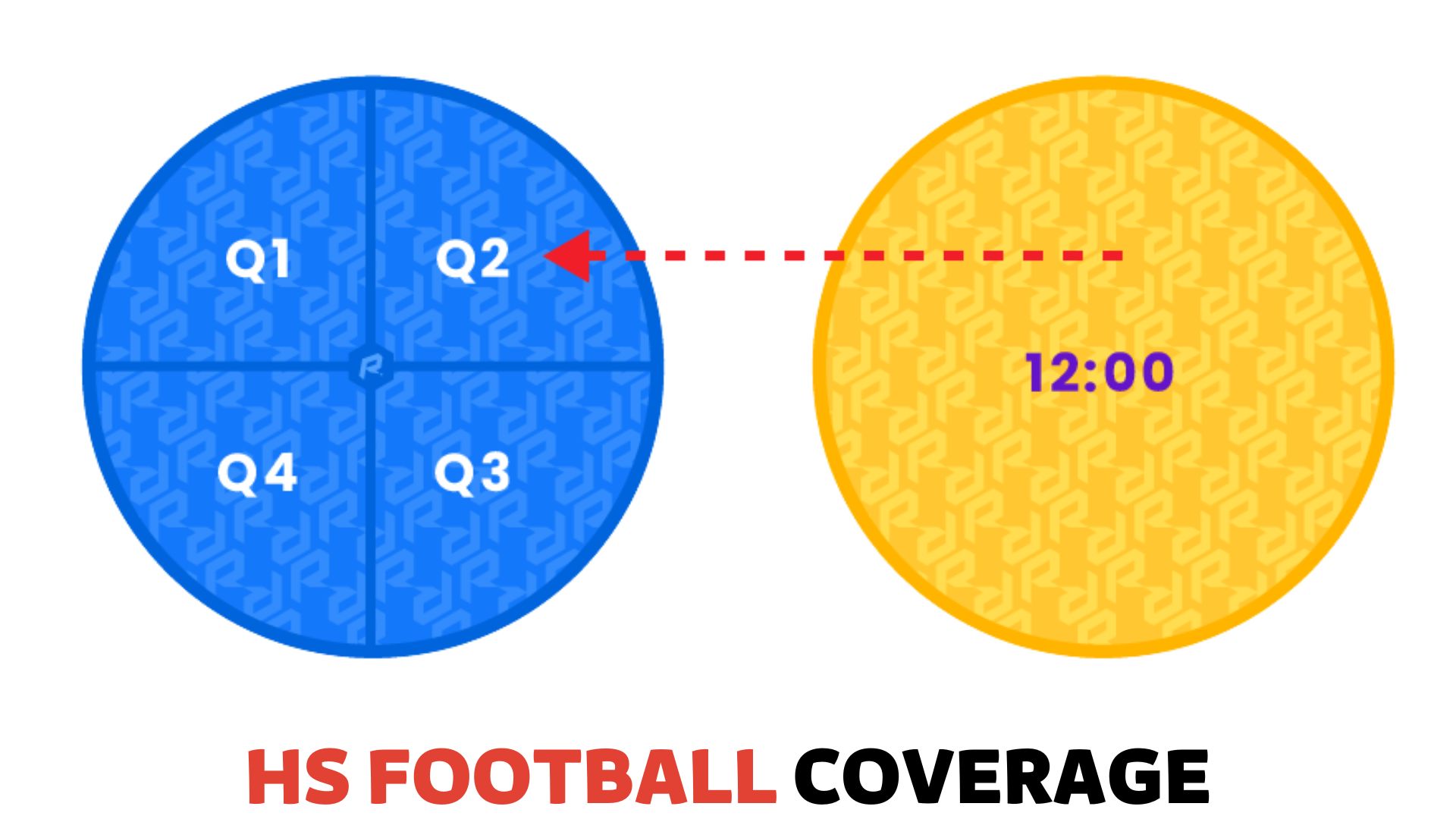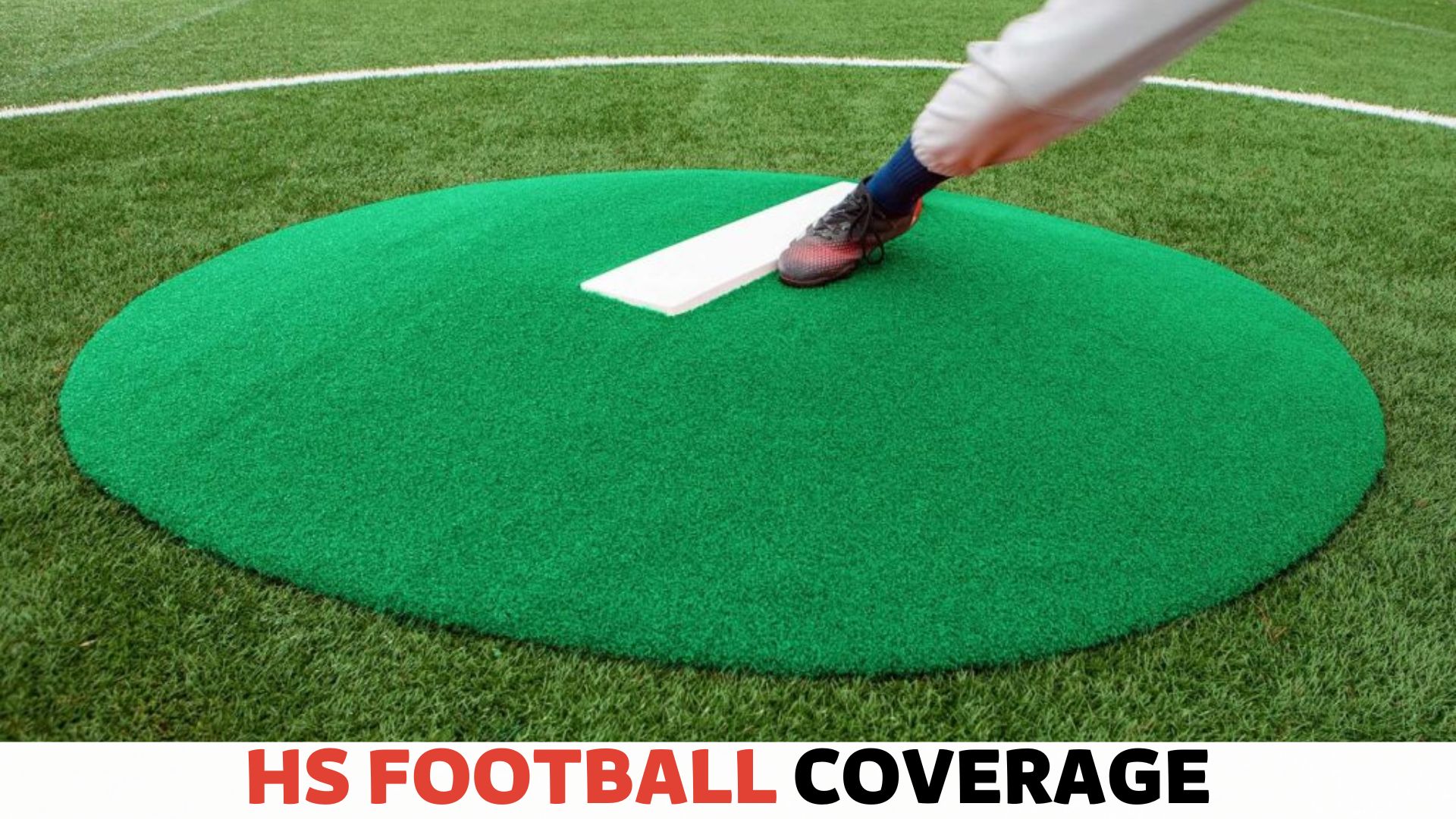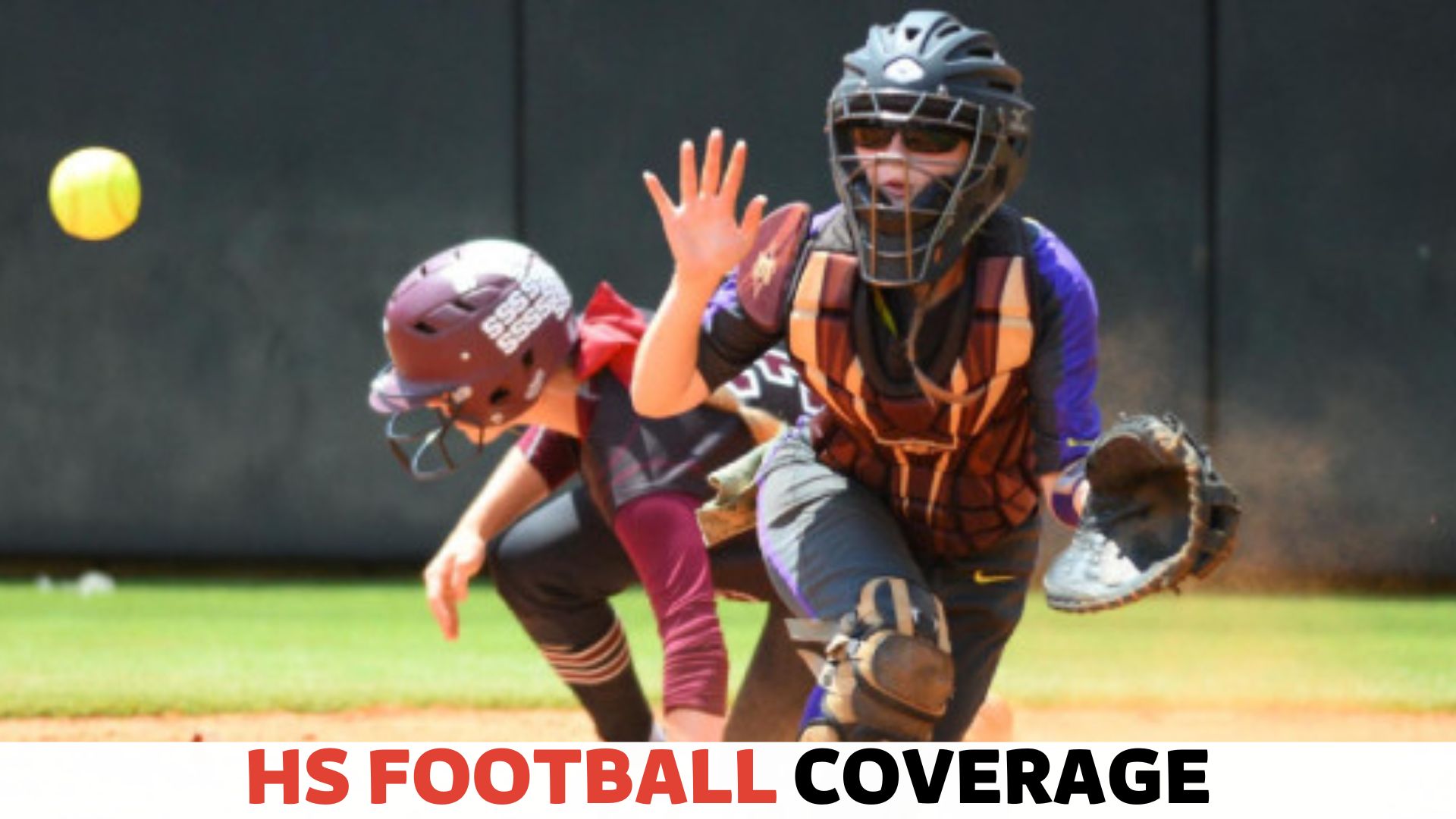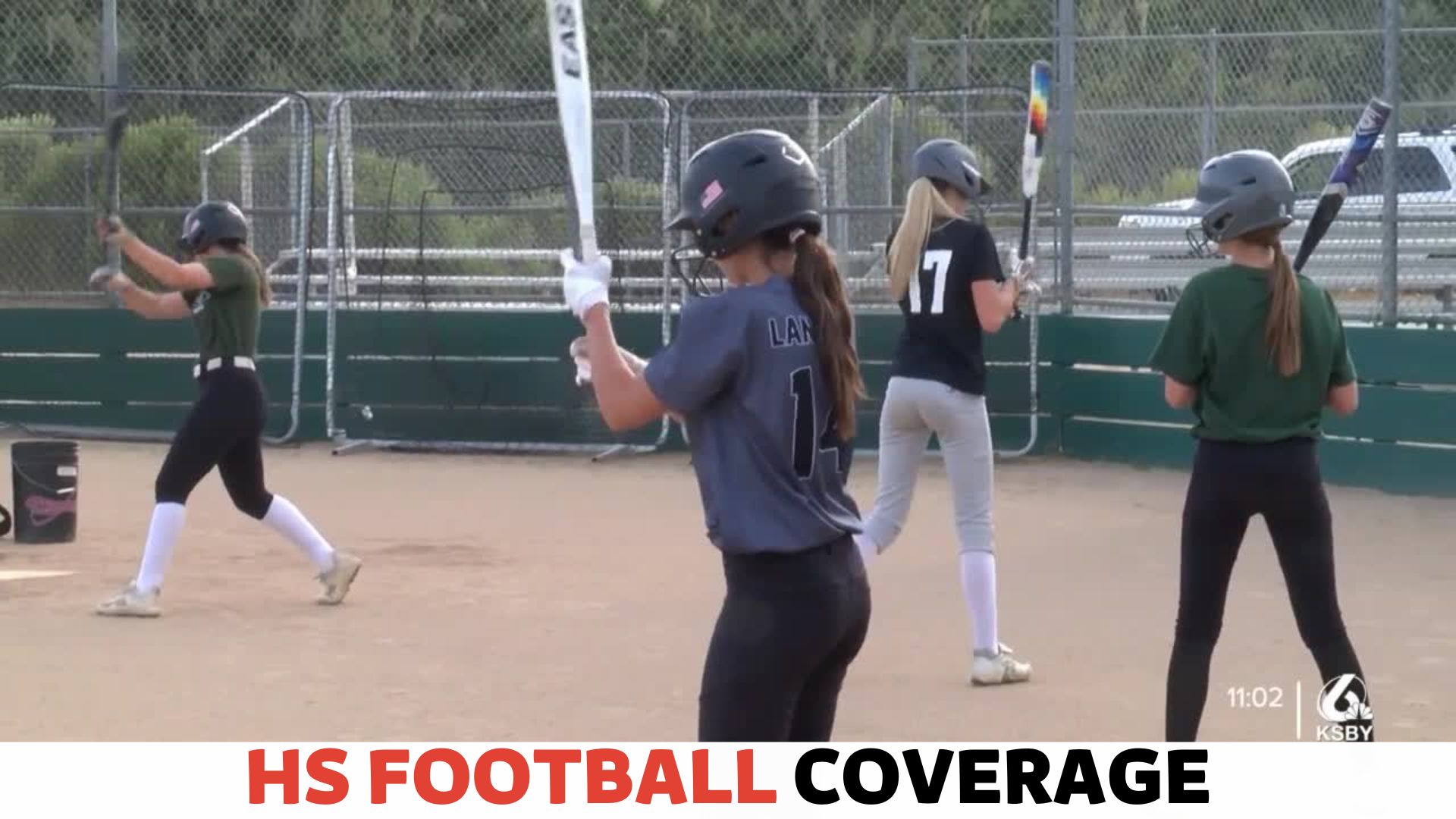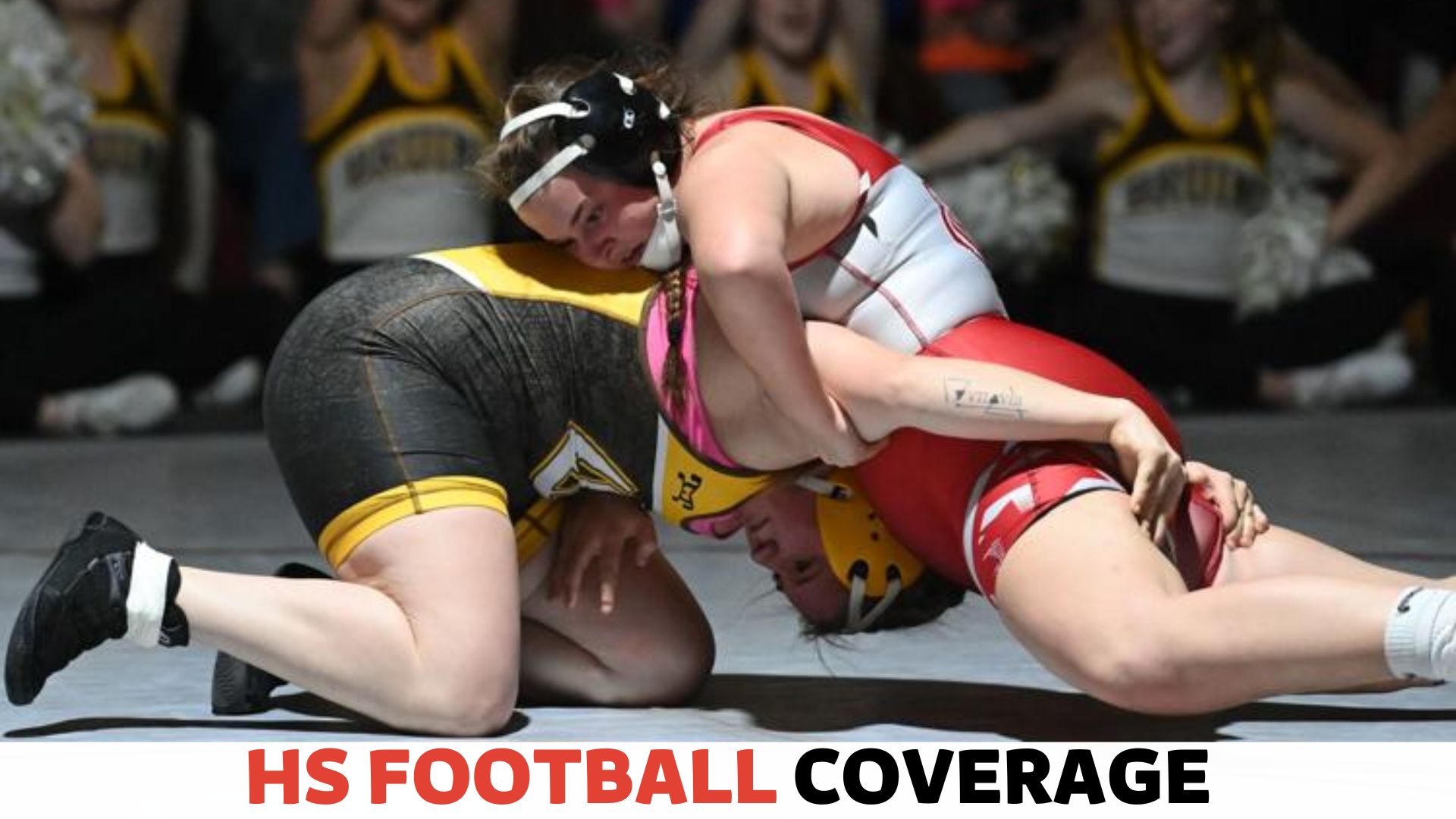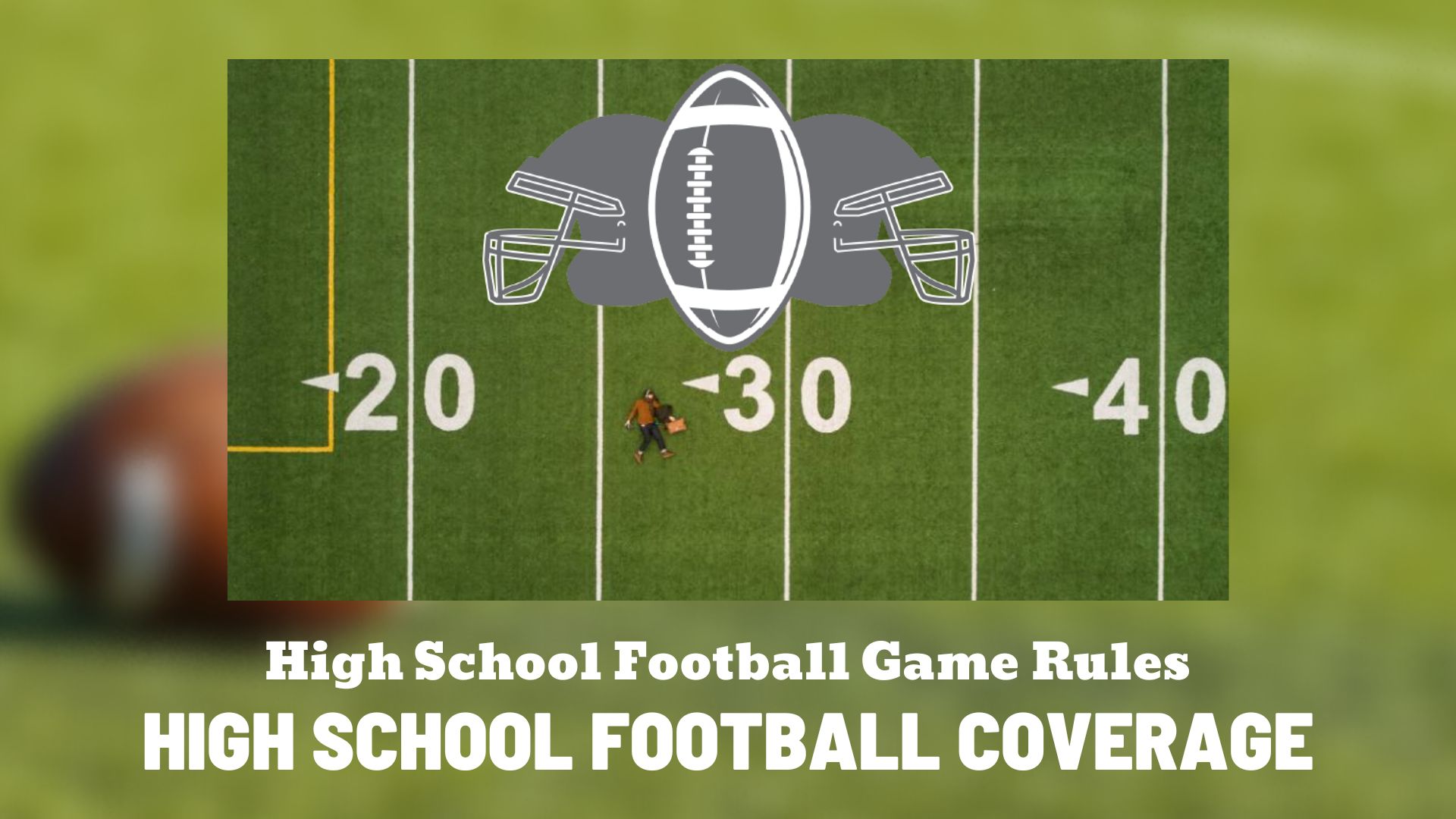
American and Canadian HS teams compete in gridiron football, known as “High School Football.” It is among the most popular interscholastic sports in both countries. The number of students participating in HS Football games fell by 9.1 percent between 2009 and 2019, as reported by The Washington Post. It’s the first rung up the tackle football ladder.
In the United States, boys outnumber girls in HS Football. Less than half of one percent of American HS Football players have been female throughout the past decade. Although flag football (a non-contact version) is allowed in eight-state high schools, tackle football for girls is not. A lawsuit filed in Utah in 2021 alleging that the state violated Title IX statutes by not allowing the sport to be played was dismissed.
Origin of High School Football
Prep football, sometimes known as HS Football, has been played since the late 19th century when several College Football programs were established. Many HS teams competed against one another in the late 19th and early 20th centuries. Pep rallies, marching bands, mascots, and homecomings are just a few of the additional HS Football traditions that can be found at the collegiate level.
Friday night HS Football games are a national institution and a staple of American culture. All ages and skill levels are welcome, and there are several different ways to play, including 6-, 8-, and 9-player football.
HS sports are unique among American school activities in that their coaches can profoundly affect their players by teaching them the game’s fundamentals and morals.
HS Football in the United States is governed by a set of regulations created by the National Federation of State High School Associations (NFHS). Football Canada oversees High School Football in Canada, and except for British Columbia, most provinces utilize a version of Canadian rules modified for high school play.
Texas is the only state not using the NFHS rule set for HS Football (with the exceptions listed below) as of the 2019 season. Massachusetts followed the NCAA’s standards through the 2018 season but switched to the NFHS for the 2019 season.
Rules of the High School Football Game
Time
Each of the four quarters lasts 12 minutes, but in collegiate and professional football, a quarter lasts 15 minutes. (A standard quarter in Texas follows the National Federation of State High School Associations’ 12-minute format.)
Kickoff
In contrast to NFL and college football, kickoffs occur at the receiving team’s 40-yard line. (Texas has accepted the NFHS rule)
If a field goal attempt is missed, it is taken as a punt, and the other team will receive the ball from their 20-yard line. However, if the ball is not kicked into the end zone, it can be dropped and returned like any other punt.
A kicking tee is permitted for both field goals and points after tries. Despite the NCAA’s restriction on tees since 1989, Texas has embraced the NFHS regulation.
It is a touchback if a kick is returned after it has crossed the goal line.
All touchbacks (from kickoffs or free kicks after a safety) are placed at the opponent’s 20-yard line. In contrast, if a kickoff or free kick following safety results in a touchback, the ball is placed on the receiving team’s 25-yard line per NCAA and NFL regulations.
Fair Catch
The ball is always returned to the location of the fair catch. A fine catch inside the receiving team’s 25-yard line on a kickoff or free kick following a safety is considered a touchback under NCAA rules (but not NFL standards), and the ball is spotted at the 25.
Fouls
A defensive pass interference penalty is 15 yards but does not result in a first down (Before 2013, the penalty also carried an automatic first down).
If the offense commits pass interference, they will be penalized 15 yards from their prior location without losing a down.
The defense cannot return an extra point attempt for a touchdown. Only in Texas is this not the case.
A “dead ball” encroachment foul is called whenever a defensive player enters the offensive team’s territory before the ball has been snapped and penalized 5 yards from the previous location.
Before 2013, offensive pass interference was penalized with a 15-yard loss of yardage and a loss of down. Beginning in 2013, the restriction that prevented the loss of a down payment was removed. Offense-related pass interference in college and the NFL is penalized with a 10-yard loss of downs.
Over Time
It is up to the individual state organizations to decide whether or not to use over time, and if so, what kind of overtime. The NFHS recommends a Kansas Playoff-style overtime format but does not mandate its implementation.
An intentional grounding penalty may be assessed even if the quarterback is outside of the tackling area.
Gaming Costume
The rules of the game state that the home team must wear black jerseys, and the away team must wear white. The home team gets to pick the color of their jerseys in NFL and SEC conference games. Following standard NCAA regulations, the host team may wear white with the consent of the visiting team, or both teams may wear colored jerseys so long as there is adequate contrast between them.
The so-called “pop-up kick,” which is utilized for free kicks and onside kicks and involves driving the ball directly into the ground, so it bounces high in the air (thus removing the likelihood of a fair catch), has been illegal since 2018.
Replay Review
Starting in the 2019 postseason, member associations of the NFHS were allowed to use replay review.
Despite the necessary infrastructure, it previously forbade the use of replay review. The University Interscholastic League, which governs public schools in Texas, restricts replay review to state championship games. In contrast, the Texas Association of Private and Parochial Schools, which governs non-public schools, continues the pre-2019 NFHS practice of prohibiting replay review.
Types of High School Football Games
Nine Man Football
With too few players to field an 11-person team, HS plays a modified version of American football called “nine-man football.” High school nine-man football state championships are held in the United States by the Minnesota State HS League, the North Dakota High School Activities Association, the South Dakota High School Activities Association, and the Wyoming HS Activities Association.
Rules
In nine-man football, the field is often smaller than in 11-man football. For example, some states utilize a field that is 80 yards long and 40 yards wide (the same dimensions used in eight-man and six-man football), while others stick to the regular length of 100 yards but reduce the width to 40 yards, and yet others use a full-sized field that is 53 1/3 yards wide. When the field length is 80 yards, the kickoff is from the 20-yard line instead of the 40-yard line.
For smaller schools in Saskatchewan and Alberta and community leagues in British Columbia, a nine-man version of Canadian football is played on the Canadian standard 110-yard field. For kids aged 8 and 9, this is the de facto game format. The field size is halved to 50 yards by 50 yards for flag football games involving children aged 5, 6, and 7.
Offenses must set up with four players in the backfield and five on the line of scrimmage to comply with the rules. A quarterback, a fullback, a tailback, and five linemen make up the conventional I formation. Formation-specific alignment rules dictate who plays as a tight end and who plays at wide receiver on the outside. Typically, the fourth offensive backfield member is an extra wide receiver or tight end.
The 3-3-3 is a typical defensive formation that consists of three defensive linemen, three linebackers, two defensive backs, and one safety.
Six Man Football
Instead of the usual eleven or twelve players on each side, six-man football is played with just four. Most importantly, high schools in outlying regions of North America play it.
History
Stephen Epler of Chester, Nebraska, created six-man football in 1934 for smaller high schools to field a football team during the Great Depression. On Thursday, September 27, 1934, the first game was played at the Hebron, Nebraska Athletic Gridiron in front of a crowd of about a thousand people who came out to see it under the lights.
For the sake of gauging interest from coaches across Kansas and Nebraska in trying out the new six-man format, this game was played. Hardy-Cheste and Belvidere-Alexandria joined to form the two competing teams. After two weeks of preparation, both teams played to a 19-19 draw. Following that evening, about 60,000 coaches around the United States were given a copy of the game’s regulations.
The first-ever international six-man football game was played on October 5, 1940, between Windham High School of Windham, Ohio, and Stamford Collegiate of Niagara Falls, Ontario, with Windham High School of Windham, Ohio winning 39-1.
Notable Players
Jack Pardee’s football career began when he was a teen, and he joined the six-man team in Christoval, Texas, where he quickly rose to prominence. After starring as a linebacker for Texas A&M and being named to the All-American team, he was named to the All-Pro team twice while playing for the Los Angeles Rams (1963) and the Washington Redskins (1964). (1971). Knowledge of the wide-open six-man game was useful to him as a coach, as he was one of the few players ever to make it to the NFL.
In 1939, Ed Sprinkle was a star six-man football player for Tuscola High School and earned the nickname “the Claw” for being one of the most feared players in professional football. During his time at Hardin-Simmons University in the early 1940s, Sprinkle excelled on the football and basketball fields, earning three varsity letters and being named All-Border Conference in both sports.
Types
The American and the Canadian are two national variants of the six-man football game.
Six-man American football is typically played on a field of 80 yards (73 meters) in length and 40 yards (37 meters) in width. However, the HS rulebook allows games to be played on a standard 100 yards (91 meters) by 53 1/3 yards (48.8 meters) field used in 11-man football if the teams and leagues desire. In addition, the game requires a player to be 15 yards (14 meters) from the line of scrimmage to make a first down (9 m).
Six-man Canadian football is quite similar to American football, except the field is 100 or 110 yards long and 40 yards wide. Both 10- and 20-yard end zones are legal. Canadian 12-man fields typically measure 110 yards in length, 65 yards in width, and 20 yards at either end. The Canadian standard 12-man game requires 10 yards for a first down, and the offense has three opportunities to accomplish it instead of four in the American version; the six-man game maintains these rules.
In the American game, all six players are fair game as receivers, while in the Canadian version, the guy in the center of the offensive line is ineligible. On offense, you need three linemen to be at the line of scrimmage before the action can begin. To prevent plays like the bootleg and scramble, the receiver who receives the snap cannot advance the ball past the line of scrimmage.
However, if the ball is passed to another player, that person can run or throw the ball, and the player who received the snap remains an eligible receiver. Passes to the center, who took the snap, must travel at least one yard (1 m) forward in flight.
Scoring
Six-man American football follows the same scoring rules as 11-man football, except the point after touchdown (PAT) and the field goal. In this kind of 11-a-side football, a point-after kick is worth two points, and a conversion by running or passing the ball is worth only one.
Additionally, a field goal is worth four points rather than three. The difficulty of attempting a kick-off when there are fewer blockers than defenders led to implementation of these new regulations.
Like American football, Canadian six-man football reverses the point values of PATs and conversions but keeps the three-point field goal and the one-point rouge specific to Canadian football.
Eight Man Football
Eight-man football is a variant of gridiron football mainly played by secondary schools with fewer students than a traditional football team. There are only eight in eight-man football instead of 11 players on each side, and the field is 40 yards wide instead of 53 and a half.
Even while some states have switched to playing on shorter fields (80 yards in length), most still use areas that are 100 yards in length. Eight-man, six-man, and nine-man football are all forms of reduced-player football that have become more popular in the United States.
One thousand five hundred sixty-one schools across 30 states sponsor reduced-player football as of 2015, with 1,161 teams playing in eight-man leagues, 284 units in six-man leagues, and 116 teams in nine-man leagues.
Format
Format of playoffs States with a postseason will use regular season records and conference standings to determine playoff seeding. The playoff bracket shifts around to accommodate different classes, divisions, and district sizes. The tournament will have teams progress through it until a champion is determined for the entire state.
Setup of a bowl game Teams from states that opt for a bowl game format, also known as a Jamboree, will be seeded according to their regular season records and matched up against other teams with similar seeds (for example, the top seeds will play each other, the second seeds would play the third seeds, and so on).
Since there is only one match at the end of the season, instead of multiple rounds like in a traditional playoff system, each team only plays one postseason match. Wisconsin’s current postseason eight-man games employ this format.
Sanctioning Organizations
There is at least one public school accrediting body in every state. An independent body in several states regulates most private schools’ athletic competitions. Each state’s governing body separates its member schools into geographic regions and then into two to eight size classes depending on the number of students enrolled at a school.
A school’s size category may shift as enrollment grows or shrinks. Six, eight, or nine players per side instead of the standard eleven (or twelve in Canada) is common in the smallest schools, especially in rural regions or smaller private schools.
Sports for High School Students and Homeschooling
Independent or freelancing teams, which often consist of homeschooled students, compete in HS Football against other independent schools and sometimes even small public schools. State law in places like Florida allows homeschooled pupils to participate on their local school district’s interscholastic sports teams.
Tim Tebow, a top quarterback prospect homeschooled, was eligible to join the highly recognized public Allen D. Nease Senior High School Football team since he and his mother moved within the district.
The Alabama State Legislature is currently debating a bill called the Tim Tebow Bill that would offer comparable privileges to Alabama’s homeschooled pupils. Tebow played in a nationally televised loss versus Hoover High School (Alabama).
Season
It is common practice to begin preseason preparation with weightlifting and other conditioning activities, including specific speed and agility training. This can start as late as August in certain places and as early as a few weeks following the close of the previous season in others. While seven-on-seven scrimmages are legal in some areas, official practices are banned in others for most of the summer. Double sessions often begin around mid-August and continue for a week or until school begins, depending on when the students’ schedules align. Once the double sessions conclude, regular season practices begin every weekday afternoon besides game days. Saturdays are also common for practices, although Sundays are rarely used.
In most areas, there are ten games scheduled for the regular season. The first game of the season often takes place in early September or late August, and the last regular-season game typically takes place in mid to late October, though this can vary from state to state and from year to year, depending on the weather.
During a regular season, teams may have one or more bye weeks. Larger schools (especially those with good teams) can attract thousands of fans even for regular season games, prompting some schools to move their home games to collegiate or professional venues.
Friday nights are the most common time for High School Football games, while Thursdays and Saturdays are used less frequently. In bigger school districts, when the facilities are shared by numerous schools or where the playing field is not illuminated for nighttime use, the practice of using the field on alternating days is widespread.
Postseason and Playoffs
In the 1970s, many states still used polls to determine their state champions, but since then, playoff systems have become practically ubiquitous, and the number of teams and categories in each state has gradually expanded. Regional champions will participate in elimination playoff rounds to decide a state champion for each size group. This is a tradition taken from professional football rather than college football.
New Jersey, and Massachusetts, are the states that do not have a single state champion but instead award regional winners (though New Jersey does award state winners for non-public schools) and will establish a state championship in 2014.
Although New York’s titles are supposed to be state-wide, they only include upstate New York because the regions covering New York City and Long Island (where the vast majority of New Yorkers live) do not participate. Public high schools in some areas, including Western New York, compete in their own “city leagues” and may or may not ever play opponents outside of them.
This is the case in many large cities, including Pittsburgh (Pittsburgh Public Schools), Virginia Beach (AAA School District), New York City (NYC Department of Education), and Los Angeles (Los Angeles Unified School District). In contrast, states like Illinois and West Virginia do not hold regional championships and instead seed their playoffs according to the regular season standings across the entire state.
As a result, many spectators are expected to attend championship games. They are typically played at a neutral location, such as a college or NFL stadium. Since state championship games are usually played in late November to the middle of December, the college and professional levels are also typically better equipped to withstand adverse weather.
Publications and websites often provide national rankings based on polls or statistical algorithms that consider a variety of characteristics, such as margin of victory and strength of schedule. Schools that place first in these polls, especially the USA Today survey, are often heralded as true winners.
HS Football on Thanksgiving is a big deal, not only because it’s not part of the playoffs. Due to the overlap of Thanksgiving weekend with the playoff season, many teams compete in exhibition rivalries instead of focusing on the postseason. Many teams will only meet in a rivalry game if they are eliminated from playoff contention.
It’s no coincidence that the final rounds of many state tournaments fall on the Thanksgiving holiday weekend.
Finished-the-Season Matches in Canada
Like American college football, high school teams compete in the “Bowl” in Ontario, Canada. However, some bowl games are selected based on proximity to the school rather than a team’s record. Northern Bowl, Golden Horseshoe Bowl, National Capital Bowl, Western Bowl, and Metro Bowl are the five bowl games that represent distinct areas.
Matches between teams from the Bay of Quinte, Simcoe County, Kawartha Lakes, Ottawa Valley, and East Ontario determine who will play in the National Capital Bowl.
The KASSIA and other regional associations choose who will represent East Ontario in the EOSSAA (Eastern Ontario Secondary School Athletic Association) finals (Kingston Area Secondary School Athletic Association).
Sir James Dunn (Northern Bowl), Notre Dame (Golden Horseshoe Bowl), St. Peter’s (National Capital Bowl), Mother Theresa (Western Bowl), and Markham (AAA Bowl) are the most recent AAA Bowl champions (winner of the Metro Bowl). Divisions in the OFSAA Bowls are based on a school’s enrollment: either A/AA or AAA/AAAA.
Two schools from the same region can win both an A/AA and a AAA/AAAA bowl since A/AA and AAA/AAAA play bowl games that are quite comparable to one another. Most teams have separate uniforms for their junior (9th and 10th graders) and senior (11th and 12th graders) squads. Junior-level teams do not participate in bowl games at this time. Similar to how states in the United States have playoffs, other provinces often group schools according to enrollment.
Mascots
Like every college and professional team, every HS Football team in every state has a mascot and/or unique name. There are a lot of allusions that are vaguely about strength, speed, and/or bravery. Some school teams, however, take their names from significant local institutions like factories or landmarks in the area’s past.
Example: Yuma, Arizona’s Yuma Union High School, also known as the “Criminals,” got its nickname from the nearby Yuma Territorial Prison State Historic Park. Students at many new schools and merging institutions can “vote” on a mascot or team name.
- Read More: All-American Bowl Player of The Year Award







